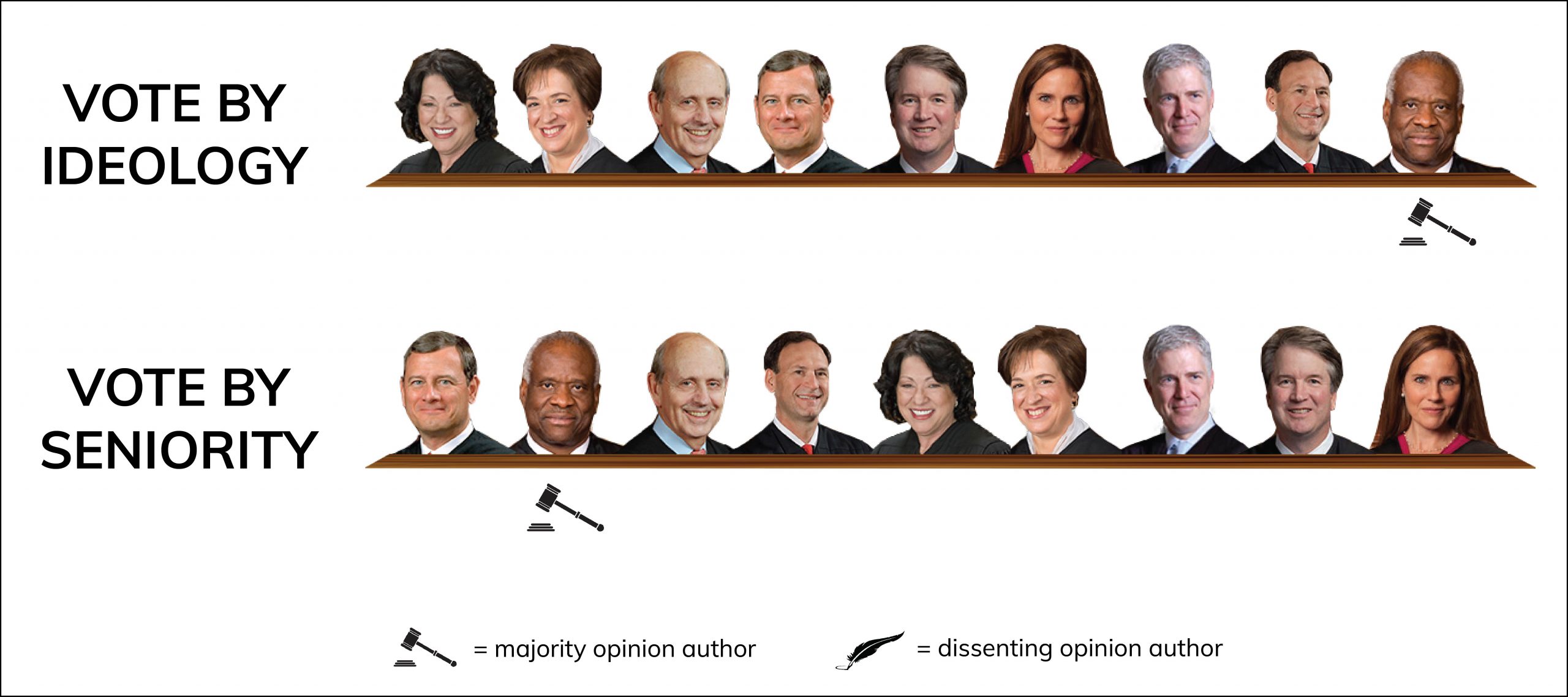Opinion analysis
Refreshing unanimity in court’s interpretation of Superfund law

on May 25, 2021 at 2:18 pm

Just four weeks after hearing oral argument, the Supreme Court on Monday issued a refreshingly clear, unanimous decision in Guam v. United States. In an opinion by Justice Clarence Thomas, the court held that Guam could seek contribution from the U.S. Navy for the cost of cleaning up the Ordot Dump, a site on the island that the Navy created and used for decades.
The case involved interpretation of the federal Superfund law, the Comprehensive Environmental Response, Compensation and Liability Act. CERCLA is now more than 40 years old, but the law’s complexity and lack of clarity have generated numerous disputes that have reached the Court. Just a year ago, the very contribution provision of CERCLA that was at issue in this case – Section 113 – was described by Justice Samuel Alito as “a puzzle with pieces that are exceedingly difficult, if not impossible, to fit together.” Section 113 is 35 years old, having been added to improve the fairness of the law by allowing those who believe they have paid more than their fair share of cleanup costs to bring contribution actions against other potentially responsible parties.
In 1983, the Environmental Protection Agency listed Guam’s Ordot Dump on CERCLA’s National Priorities List for cleanup. As the former owner of the site, the Navy was named by EPA as a potentially responsible party for the site in 1988. Rather than using federal Superfund money to clean up the site, the federal government sued Guam in 2002 under the Clean Water Act to stop pollution leaching from the dump from contaminating a nearby river. In 2004, Guam settled with the EPA by entering into a consent decree requiring the territory to stop the water pollution by closing and covering the dump.
After learning that the cost of cleaning up the dump could run as high as $160 million, Guam sued the Navy in 2017, seeking contribution for cleanup costs. Guam sought cost recovery pursuant to Section 107(a) or, in the alternative, for contribution under Section 113(f)(3)(B), which authorizes contribution actions by a person who has “resolved its liability to the United States or a State for some or all of a response action or for some or all of the costs of such action in a[] … judicially approved settlement agreement [with the U.S. or a state].”
The U.S. Court of Appeals for the District of Columbia Circuit held that Section 107(a) cost-recovery actions and Section 113(f)(3)(B) contribution actions are mutually exclusive. The court held that the 2004 consent decree was a settlement that triggered Guam’s right to contribution under Section 113(f)(3)(B), and that only the latter action could be brought. However, the court held that Guam’s contribution action was barred by a three-year statute of limitations that ran from the date of the settlement. The court acknowledged that the result it reached was “harsh” from Guam’s perspective because the Navy “deposited dangerous munitions and chemicals at the Ordot Dump for decades and left Guam to foot the bill.”
Before the Supreme Court, Guam argued that its Clean Water Act settlement with EPA could not trigger CERCLA’s Section 113 statute of limitations because it was not a settlement of CERCLA-specific liability. The federal government argued that Section 113(f)(3)(B)’s reference to settlements for “response costs” could refer to dumpsite cleanups under any environmental statute.
Thomas’ opinion for the unanimous Supreme Court embraced Guam’s argument that only CERCLA-specific settlements could trigger Section 113’s statute of limitations. He based this conclusion on the text and structure of CERCLA, noting the statute’s repeated references to “response actions” and “response costs.” Thomas acknowledged that, “as the Government points out, remedial measures that a party takes under another environmental statute might resemble steps taken in a formal CERCLA ‘response action.’” But he noted that “relying on that functional overlap to reinterpret the phrase ‘resolved its liability … for some or all of a response action’ to mean ‘settled an environmental liability that might have been actionable under CERCLA’ would stretch the statute beyond Congress’ actual language.”
Although it was not cited in Thomas’ opinion, an amicus brief filed in support of Guam by attorneys general from 24 states, the District of Columbia and the Northern Marianas Islands may have contributed to the court’s unanimous decision. During the oral argument, Justice Neil Gorsuch noted that the states joining the brief included both red states and blue states from all regions of the nation. The states argued that the D.C. Circuit’s decision conflicted with “fundamental principles of federalism” because it restricted states’ ability to use state law to facilitate cleanup of contaminated sites. Any time attorneys general from both red and blue states can agree on a legal issue, it seems like a political marvel in today’s politically polarized climate.
When Chief Justice John Roberts was nominated to the court 16 years ago, he decried the court’s tendency to issue split decisions that made it hard to determine what the law was. Despite his pledge to bring more consensus to the court, at the end of his very first term the court caused massive confusion over the reach of federal Clean Water Act with its 4-1-4 decision in Rapanos v. United States. That confusion, which persists today, has generated so much litigation that the court even has had to decide where the lawsuits challenging the EPA’s efforts to clarify the law should be filed. The Guam decision provides a glimmer of hope that the chief justice’s vision of an apolitical court issuing clear interpretations of law is not entirely impossible.
It is refreshing that the court finally has issued a unanimous decision interpreting CERCLA. Even more to like about the court’s decision is that it reversed a lower court that reached what it had admitted was a “harsh” result. At a time when it seems inevitable that the court will contribute to sharp political disagreements over abortion, gun rights and other divisive social issues, the Guam decision shows that it is not impossible for the justices to reach consensus over how to interpret a major environmental law without ideological divisions. One can only hope that this will not be the last time this happens.


